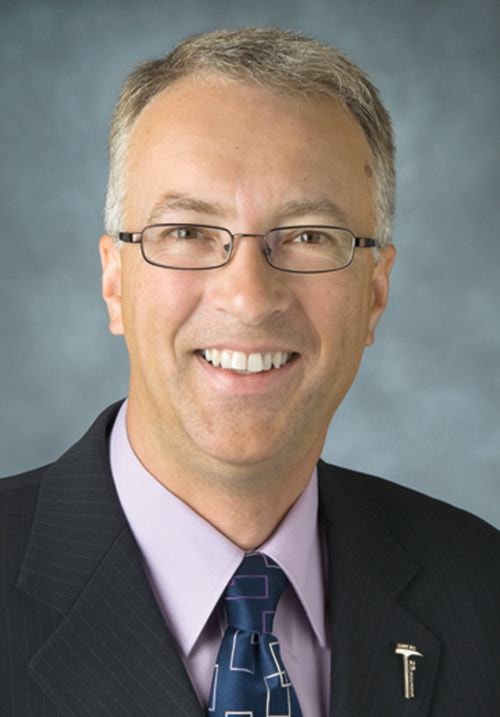On Oct. 9 last week, the B.C. Government responded to the findings of the special committee on timber supply which convened over the summer of 2012. It brought no surprises. As outlined by natural resource minster Steve Thomson and parliamentary secretary for forestry John Rustad, the response emphasized the need for complete post-pine beetle inventories of affected timber supply areas (TSAs), the conversion of volume-based to area-based timber tenures, and the move to increased community and First Nations forest licenses.
The conversion of volume based tenures to area based tenures is meant to give local communities, First Nations and industry ‘partners’ a vested interest in the sustainability of their own timber supply areas. “Burns Lake is a potential model for other communities,” said Thomson.
An area of contention that arose during the timber supply hearing was the management of old growth and visual quality areas in pine beetle affected TSAs. Today’s announcement leaves the logging of sensitive forest areas on the table, but, according to Thomson, only after careful consideration and “where there is consensus and agreement from the community.” As to what community and industry consensus might look like in practice, that is not determined yet. Thomson said that, “The approach in Burns Lake and the Lakes TSA will set the processes that can be used in other areas.”
While the Oct. 9 report recommended, “a science-based framework to revisit designation of sensitive areas”, Rustad later clarified that, “the government has no plans to change the land resource management planning that has [already] been done through the pine beetle impacted areas. The only changes would come from the community.”
Some communities welcome the opportunity to consider these changes. Burns Lake Mayor Luke Strimbold said of Old Growth Management Areas (OGMAs) in the Lakes TSA, “We need to reevaluate the location of old growth management areas. Areas have been defined as old growth, but now they’re dying or dead.”
And if a spatially defined stand has been killed through pine beetle infestation, “Can we move that [old growth] area to a different space and allow for harvesting to occur?” asked Strimbold. This flexible approach to finding and managing old growth in a forest district that Strimbold describes is called non-spatial old growth management.
“We’ll be able to meet our old growth goals in the Lakes TSA,” said Rustad, “but we’ll do it from a non-spatial perspective. If we move to non-spatial [old growth management] in the Lakes TSA, we’d get another 90,000 cubic metres per year on a sustainable basis through renewal.”
But these changes won’t come from the top down. “We’re not planning to make changes anywhere else unless local groups come forward and say that they want a review,” said Rustad. “We’ll support that review and help them with the science, but it will be their decision.
“It won’t be Victoria making that decision, it’ll be local groups,” said Rustad. “It’ll vary from timber supply area to timber supply area.”
